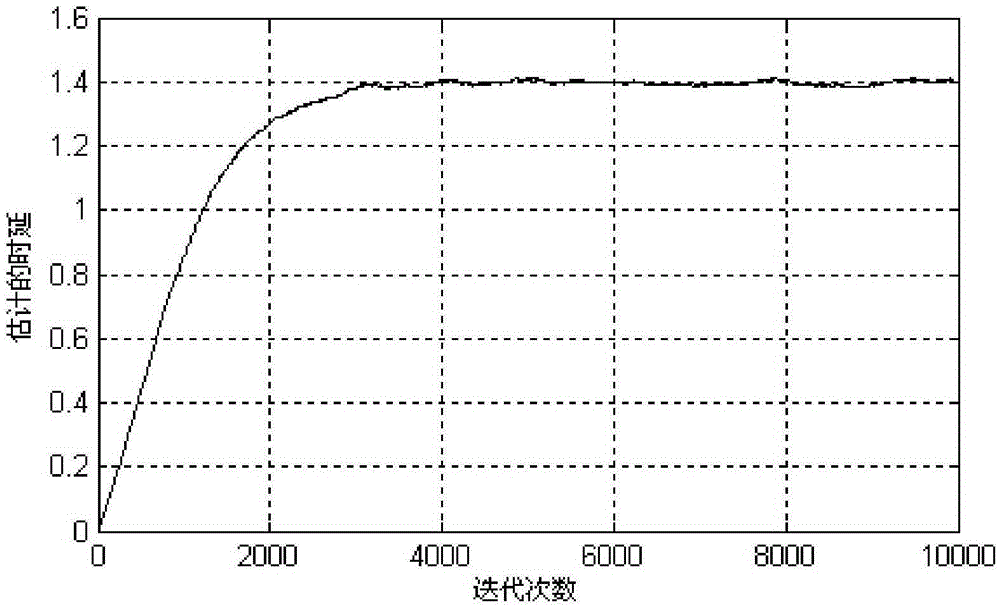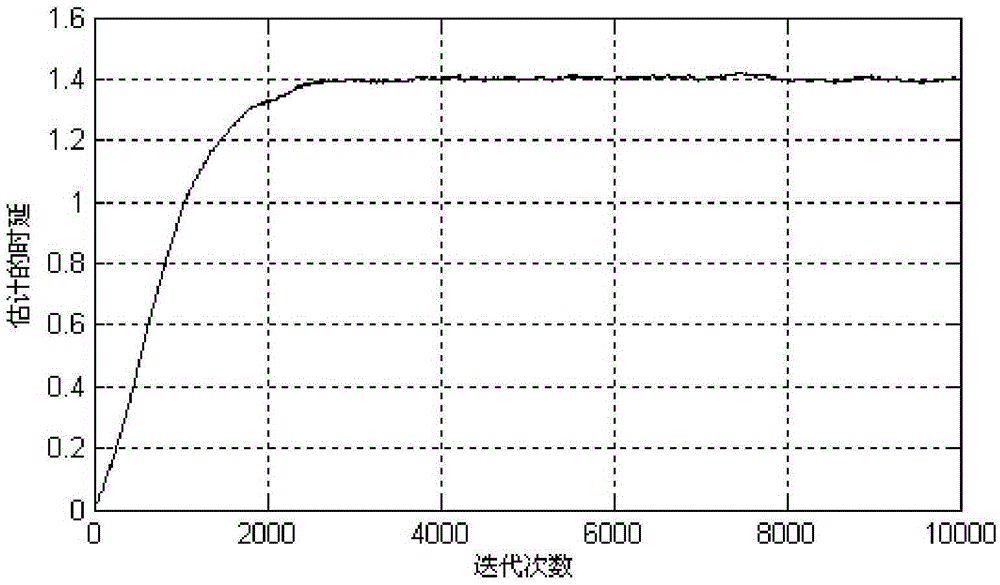Arrival time difference estimation method
A time difference estimation and time difference technology, applied in the field of time difference of arrival estimation
- Summary
- Abstract
- Description
- Claims
- Application Information
AI Technical Summary
Problems solved by technology
Method used
Image
Examples
Embodiment Construction
[0039] In order to make the content of the present invention clearer and easier to understand, the content of the present invention will be described in detail below in conjunction with specific embodiments and accompanying drawings.
[0040]
[0041] In the time difference of arrival estimation problem, it is usually assumed that two received signals x 1 (n) and x 2 (n) obey the following model:
[0042] x 1 (n)=s(n)+v 1 (n)(2)
[0043] x 2 (n)=s(n-D)+v 2 (n)(3)
[0044] Here s(n) is the source signal, D is a non-integer time delay, v 1 (n) and v 2 (n) are the received background noise respectively, and assume v 1 (n) and v 2 (n) obeys α-stable distribution. The source signal and noise are independent, and the two noises are also independent of each other. A FIR filter whose coefficient is sampled by the sinc function is used to fit the time delay, so that the real value of the time difference of arrival can be directly estimated when the true value of the time ...
PUM
 Login to View More
Login to View More Abstract
Description
Claims
Application Information
 Login to View More
Login to View More - R&D
- Intellectual Property
- Life Sciences
- Materials
- Tech Scout
- Unparalleled Data Quality
- Higher Quality Content
- 60% Fewer Hallucinations
Browse by: Latest US Patents, China's latest patents, Technical Efficacy Thesaurus, Application Domain, Technology Topic, Popular Technical Reports.
© 2025 PatSnap. All rights reserved.Legal|Privacy policy|Modern Slavery Act Transparency Statement|Sitemap|About US| Contact US: help@patsnap.com



